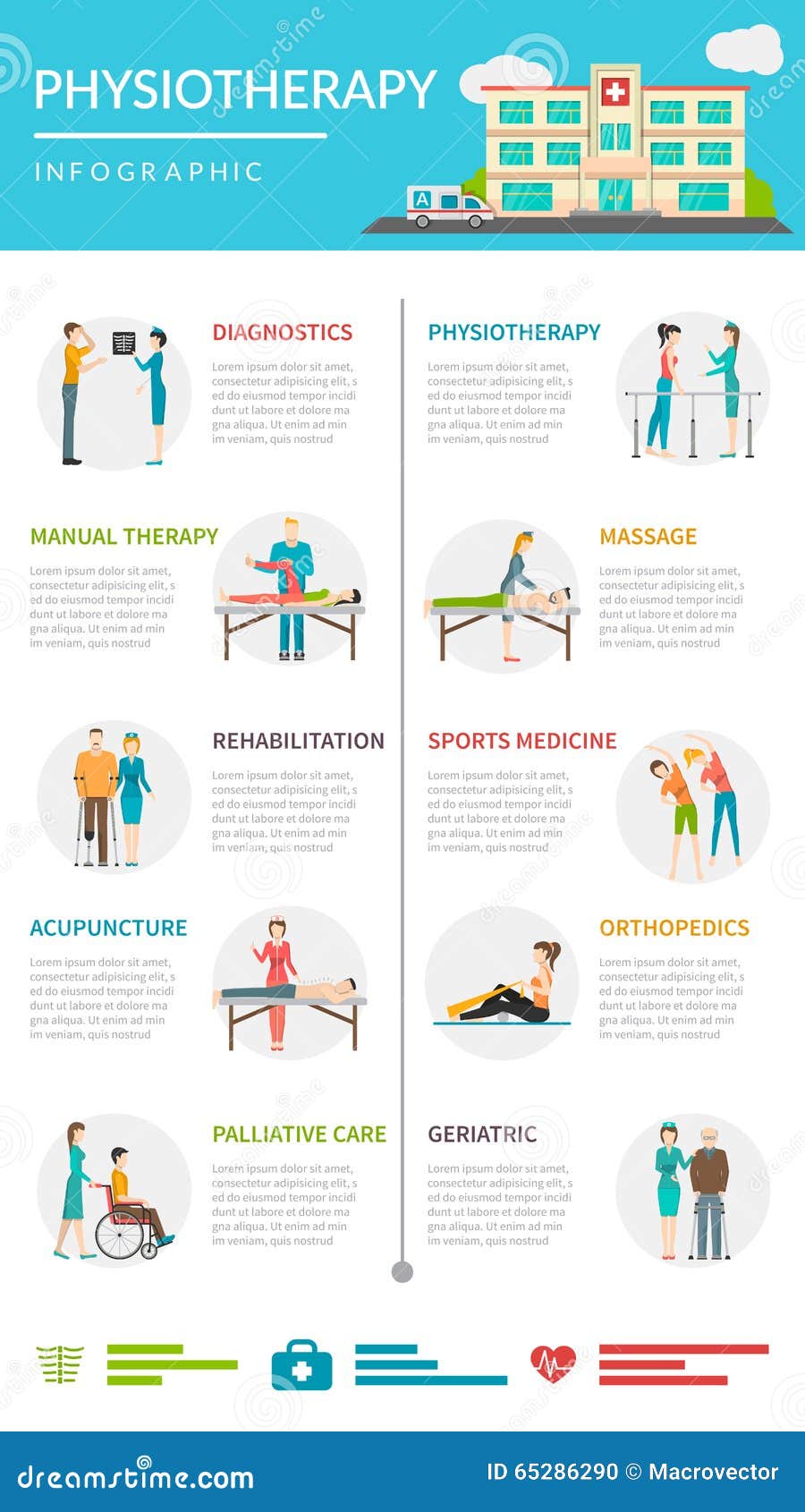The Top Daily Habits That Contribute To Pain In The Back And Just How To Stay Clear Of Them
The Top Daily Habits That Contribute To Pain In The Back And Just How To Stay Clear Of Them
Blog Article
physical therapy austin tx -Vega Harper
Keeping correct pose and preventing common risks in daily activities can substantially affect your back wellness. From how you sit at your workdesk to exactly how you lift heavy items, little changes can make a huge difference. Visualize a day without the nagging back pain that impedes your every action; the remedy could be simpler than you assume. By making a couple of tweaks to your daily habits, you could be on your method to a pain-free presence.
Poor Position and Sedentary Way Of Living
Poor stance and a less active lifestyle are two significant contributors to back pain. When you slouch or hunch over while sitting or standing, you put unneeded pressure on your back muscular tissues and back. This can lead to muscle mass discrepancies, tension, and at some point, chronic pain in the back. Additionally, sitting for extended Discover More Here without breaks or exercise can weaken your back muscle mass and bring about rigidity and pain.
To fight inadequate posture, make an aware effort to sit and stand up right with your shoulders back and straightened with your ears. Bear in mind to keep your feet flat on the ground and prevent crossing your legs for extensive durations.
Including normal stretching and reinforcing workouts into your daily routine can also help enhance your stance and relieve pain in the back associated with a less active way of living.
Incorrect Lifting Techniques
Inappropriate lifting methods can substantially add to neck and back pain and injuries. When you lift hefty items, remember to bend your knees and use your legs to lift, instead of depending on your back muscles. Prevent turning your body while training and keep the item near your body to lower pressure on your back. It's important to keep a straight back and prevent rounding your shoulders while raising to stop unneeded stress on your spinal column.
Constantly assess the weight of the things before raising it. If it's too heavy, request assistance or usage equipment like a dolly or cart to carry it securely.
Remember to take breaks throughout raising tasks to give your back muscular tissues an opportunity to rest and stop overexertion. By carrying out appropriate training techniques, you can prevent back pain and decrease the threat of injuries, ensuring your back remains healthy and balanced and solid for the long term.
Absence of Regular Exercise and Extending
A less active way of living without normal exercise and stretching can substantially contribute to back pain and pain. When you do not engage in physical activity, your muscular tissues come to be weak and inflexible, leading to bad pose and enhanced strain on your back. Normal exercise helps reinforce the muscular tissues that support your spine, boosting security and minimizing the danger of back pain. Integrating extending into your routine can also enhance versatility, preventing stiffness and discomfort in your back muscles.
To stay clear of pain in the back caused by an absence of exercise and stretching, aim for a minimum of 30 minutes of moderate exercise most days of the week. Consist of workouts that target your core muscular tissues, as a strong core can aid alleviate pressure on your back.
Additionally, take breaks to extend and relocate throughout the day, specifically if you have a workdesk job. Basic stretches like touching your toes or doing shoulder rolls can help relieve stress and protect against back pain. Prioritizing normal exercise and stretching can go a long way in preserving a healthy and balanced back and decreasing pain.
Verdict
So, remember to sit up right, lift with your legs, and remain active to prevent back pain. By making straightforward changes to your day-to-day behaviors, you can prevent the pain and constraints that feature neck and back pain. Take care of your back and muscles by practicing good pose, appropriate training techniques, and routine workout. Your back will thanks for it!
